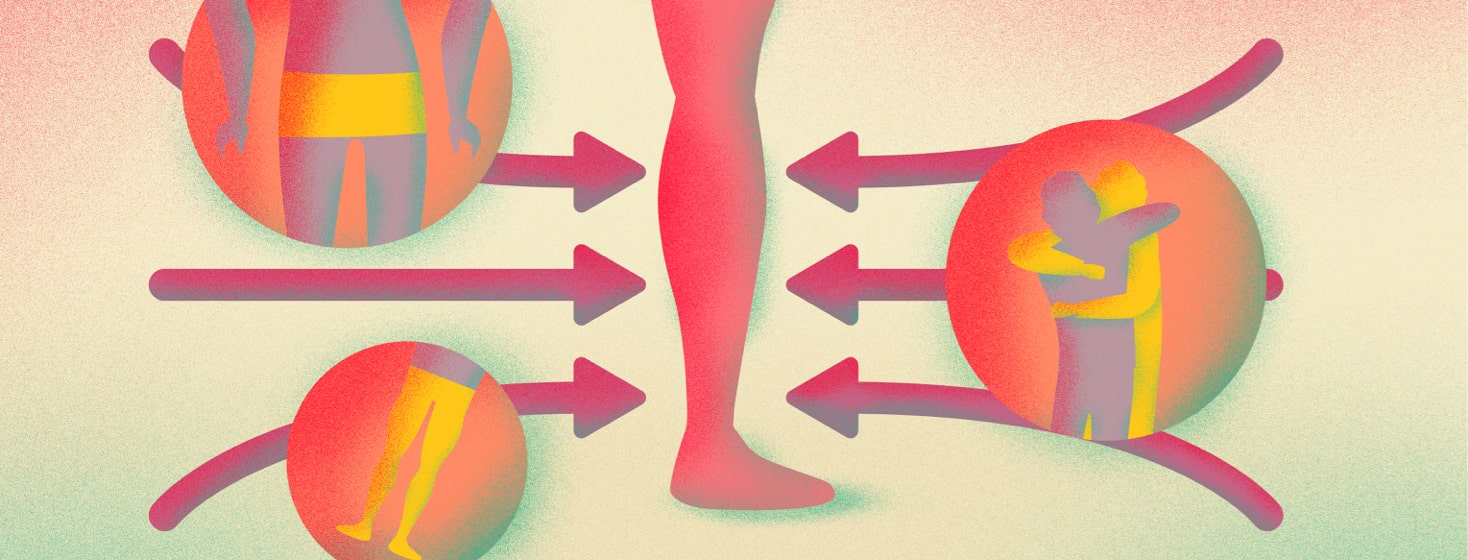Compression and RLS
There’s something about compression that really works for my restless legs, though it has to be properly balanced. I don’t like compression socks for sleeping and have had limited success in wearing them during the day, but other forms of compression have helped tame my wiggles and pain.
Compression massage chair
Sometimes when I’ve gotten a pedicure and I get to sit in the massage chair, the compression massage setting can really help me with my legs. Pneumatic compression is a treatment option I've heard many find comforting, so this tactic does make some sense.
I especially feel comfort when the compression centers on my hips and glutes since those are places where I hold a lot of tension and get the most aches and pains.
Compression bands
When I tried physical therapy, the therapist recommended a compression band for my hips. While it squeezes my buns and hips, it provides relief to my IT band and hip flexors and allows me to be more active.
Perhaps on its own or as a result of being able to have more pain-free mobility, my restless legs syndrome (RLS) symptoms improved after wearing the compression band. When I moved houses, I lost the band and, in a pinch, tried a tightly wound bandage with limited but okay results.
Compression from another person
However, the best relief I’ve found that comes in the form of compression is pressure put on my body by another person. Perhaps it’s an overall sensory experience, but being “squished” by someone feels great and helps my RLS.
Having someone lay on top of me or hug me really tight does feel good and produces the same effect as the squeeze of a massage chair. My daughter, who is under 70 pounds at the moment, loves to walk on my back and I’ve trained her to tackle my low back and glutes, which helps my RLS. She thinks it’s a fun balance activity and likes that it helps me.
Similarly, Thai massage has a lot of pressure and counter pressure as part of the practice, something that helps my symptoms as well. Swedish massage is usually too painful for my tight fascia, so stretch-based or pressure-based body work is what I prefer. When I’m really tired and restless, I crave the body-to-body connection of compression. Maybe it’s partly psychological at that point, but it does help.
Compression clothing
While I don’t love the tight socks, I do like compression with my yoga pants or shorts. Tight, high-waisted active-wear bottoms help me feel like my muscles and joints are held together the right way and let me feel comfortable using my full range of motion.
Overall, incorporating a mix of compression, gentle physical activity, and proper sleep hygiene is the key to getting enough rest and being able to do what I want during the day. The form the compression comes in doesn’t matter so much as the presence of it.

Join the conversation